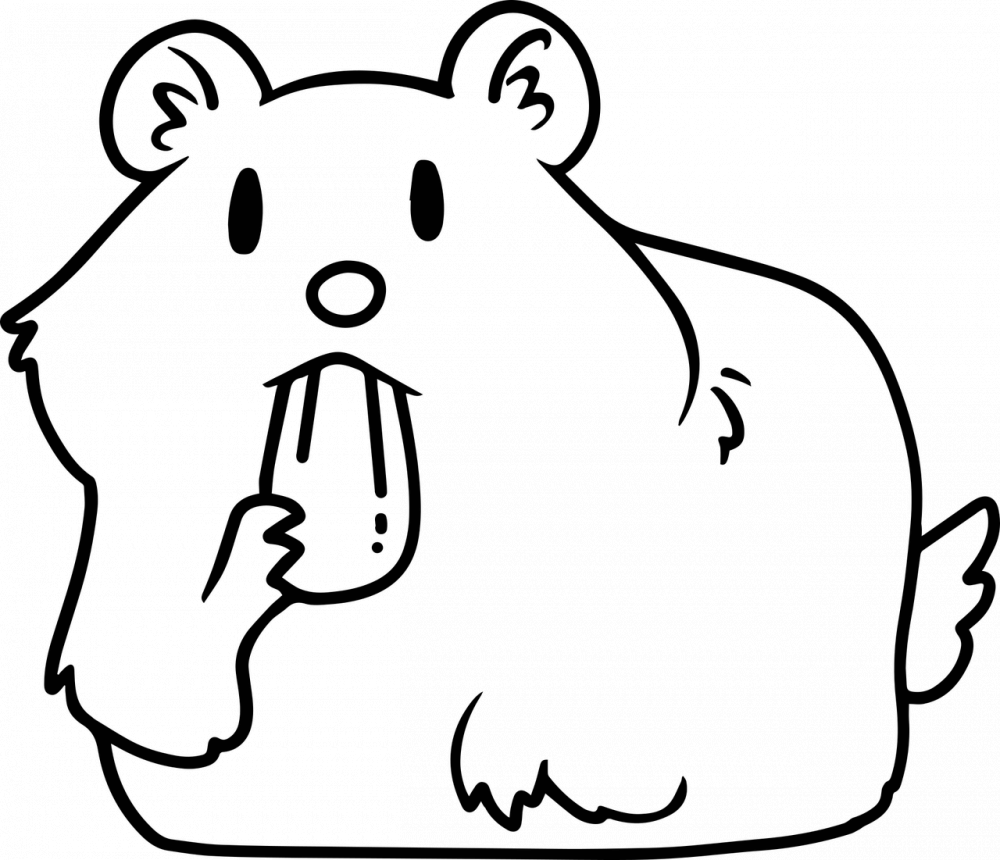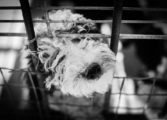Hamster Mature: A Comprehensive Guide to Understanding and Caring for Mature Hamsters

Introduction
Hamsters are beloved pets known for their petite size and adorable antics. As these furry companions age, their needs change, and it becomes crucial for hamster owners to understand the unique requirements of mature hamsters. In this article, we will provide an in-depth overview of mature hamsters, exploring the different types, their popularity, and the quantitative measurements associated with their aging process. We will also discuss the differences among various mature hamster breeds and provide a historical review of the advantages and disadvantages of each type. So, if you are a hamster enthusiast eager to delve into the world of mature hamsters, read on!
1. An Overview of Hamster Mature

As hamsters age, they enter the mature stage of their lives. This stage is characterized by changes in their physical appearance, behavior, and nutritional needs. Mature hamsters typically have a shorter lifespan than their younger counterparts, with an average age range of 1.5 to 2.5 years depending on the breed. It is essential for owners to be aware of these changes to ensure the well-being and happiness of their furry friends.
2. Types of Hamster Mature
There are several types of hamsters that reach maturity, each with its unique characteristics and popularity among pet owners. The most common types include:
2.1 Syrian Hamsters: Also known as golden hamsters, Syrians are one of the most popular hamster breeds. They have a solitary nature, making them suitable for individual owners. These mature hamsters require spacious cages and a balanced diet to maintain their health.
2.2 Dwarf Hamsters: Dwarfs encompass various subtypes, such as Campbell’s, Russian, Roborovski, and Chinese hamsters. These petite creatures are known for their energetic personalities and the ability to live in pairs or small groups. Providing adequate exercise opportunities and a proper diet is vital for the well-being of these mature hamsters.
2.3 Teddy Bear Hamsters: These hamsters, also known as long-haired or Angora hamsters, feature a distinct fluffy appearance. They are popular for their docile temperament and make great companions for gentle pet owners. Grooming and maintaining their long fur is crucial to prevent tangling and ensure their comfort.
3. Quantitative Measurements of Hamster Mature
When it comes to understanding the aging process of mature hamsters, certain quantitative measurements can provide valuable insights. These measurements include:
3.1 Lifespan: As mentioned earlier, the average lifespan of mature hamsters ranges from 1.5 to 2.5 years. However, proper care, diet, and a healthy environment can contribute to hamsters living even longer.
3.2 Weight: Hamsters tend to gain weight as they age, so it’s important to monitor their weight regularly. Sudden weight loss or gain can be indicative of health issues and may require veterinarian intervention.
3.3 Physical Activity: Mature hamsters may become less active compared to their younger counterparts. Observing their activity levels and providing appropriate exercise opportunities can help maintain their physical well-being.
4. Differences Among Hamster Mature
Despite being in the same mature stage of life, different hamster breeds may exhibit distinct characteristics and care requirements. These differences arise from genetic variations and unique traits developed through breeding. Some notable differences among mature hamster breeds include:
4.1 Size: Syrian hamsters are larger in size compared to dwarf hamsters, which can influence their housing needs and dietary requirements.
4.2 Behavior: The behavior of mature hamsters can vary, with some breeds being more social and others more solitary. Understanding these behavioral differences can help create suitable environments and companionship opportunities for each breed.
4.3 Health Concerns: Certain hamster breeds, such as Chinese hamsters, are prone to specific health conditions like diabetes. Familiarizing yourself with these breed-specific health concerns can aid in early detection and prevention.
5. Historical Review of Advantages and Disadvantages
Throughout history, various traits of mature hamsters have been selectively bred, resulting in both advantages and disadvantages for each breed. Understanding the historical context of these breeding practices can shed light on the characteristics and needs of mature hamsters. Some advantages and disadvantages include:
5.1 Advantages:
– Selective breeding for docile behavior has made certain breeds more suitable for families with children.
– Increased resistance to specific diseases through careful breeding practices has improved the overall health of some hamster breeds.
5.2 Disadvantages:
– Breeding for specific physical traits, such as long fur, can lead to grooming difficulties and increased vulnerability to tangling.
– Certain genetic predispositions, like a higher risk of tumors, can be disadvantages associated with selective breeding practices.
Conclusion
In conclusion, the journey of a hamster from a young and playful companion to a mature furry friend is one that requires special attention and care from its owner. Understanding the overview, types, quantitative measurements, differences among breeds, and historical context of mature hamsters is crucial for ensuring their well-being in this specific life stage. By providing the right environment, nutrition, and love, you can enjoy the company of your mature hamster for years to come.
















































